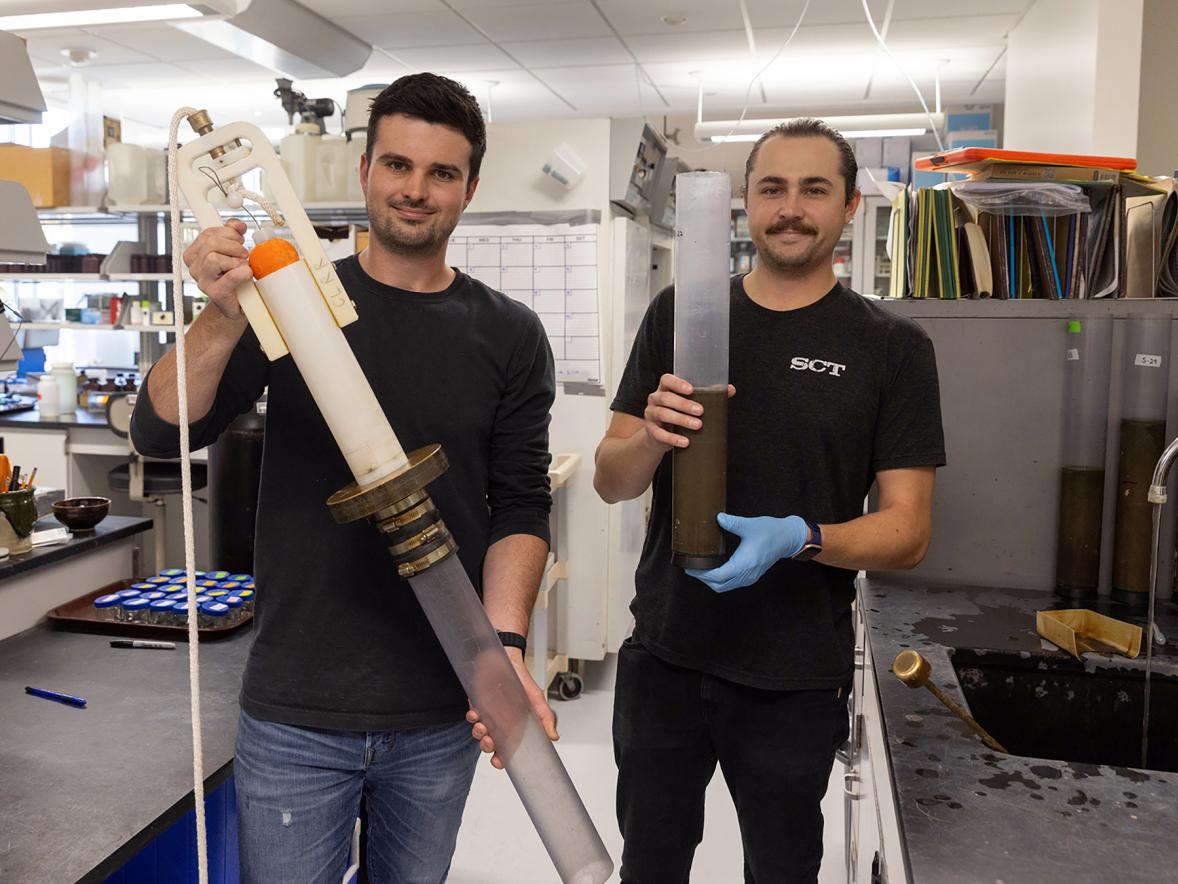On the 50th anniversary of the passing of Title IX, University of Wisconsin-Stout’s efforts to provide equal treatment for female athletes has passed a test from a national organization.
ChampionWomen reviewed federal reporting data from more than 2,000 colleges and universities in the U.S. that offer intercollegiate athletics and gave each school a pass or fail ranking. UW-Stout received a passing mark overall and in two key subcategories.
“Equity is a priority for us and we continually monitor this, so it doesn’t surprise me that we’re doing well,” said Duey Naatz, athletic director.
“We’re continually striving to improve the experience for all student athletes,” Naatz added.
Title IX turned 50 on June 23. It prohibits education programs that receive federal funding from discrimination based on sex. The law set in motion, among other things, the expansion of women’s intercollegiate athletics, requiring equal treatment with regard to such things as participation levels, quality and use of facilities, budgeting, travel and more.
To help mark the anniversary, the Blue Devils are planning special events at athletic contests throughout the 2022-23 academic year, Naatz said.
The report is based on data from 2019-20. Like all schools that receive federal funding, UW-Stout files an annual Equity in Athletics Data Analysis report.
Despite 50 years of work, ChampionWomen noted that 90% of intercollegiate athletics departments at colleges and universities “are not meeting the standards Title IX sets for schools to demonstrate equality in sports opportunities.”
Three key aspects of Title IX compliance are participation, benefits and treatment, and accommodation.
Participation: UW-Stout has 11 women’s and eight men’s athletic teams, including a new women’s lacrosse team set to begin play in 2023.
The lacrosse team, which will hold its first practices this fall and begin play in the spring, is an example of the university’s efforts to provide more opportunities, Naatz said.
While the number of women’s and men’s teams appears to be imbalanced in favor of women, the Title IX compliance standard is based on participation levels — or numbers of students on active rosters — not the number of programs.
A school’s ratio of college athletes must be within plus or minus 4% of the ratio of undergraduate enrollment of females to males.
In 2019-20, UW-Stout’s undergraduate enrollment was 46% female and 54% male. UW-Stout reported that 246 or 7.9% of the 3,111 female students were student athletes, while 332 or 7.9% of the 4,178 male students were in athletics.
Athletics also oversees UW-Stout’s intercollegiate esports program, which is coed.
Benefits and treatment: UW-Stout tracks program operations to ensure that women’s and men’s programs have comparable budgets.
The men’s and women’s basketball teams travel in the same type of bus, for example, and receive the same funding for meals and lodging.
Total game day and operating expenses for the women’s and men’s programs are the same.
Accommodation: Program operations are tracked and reviewed to ensure equal access to facilities for training, practice and competition, as well as comparable locker rooms, quality of competition venues, coaching and other staffing, and recruiting expenses.
The women’s soccer competition venue, Nelson Field, for example, was renovated recently and has a new artificial surface. Athletics hopes to upgrade the men’s baseball and women’s softball complexes in the future.
“All these things need to balance out,” Naatz said.
Naatz noted that UW-Stout’s efforts to comply with Title IX date back decades to previous athletic directors, including Steve Terry and Rita Slinden, and are embedded in and a reflection of the university’s standards and culture.
He credited Erin Sullivan, associate athletic director and senior woman administrator, who tracks and reports the annual EADA data.
When Title IX passed, UW-Stout had three women’s athletics teams, according to the book, “An Idea Comes of Age: UW-Stout 1891-2016.” Five women’s teams were added between 1972 and 1995.
Two recent articles look back at the pre-Title IX era of the women’s gymnastics and the basketball and volleyball teams at UW-Stout.
ChampionWomen notes that the 2022 pass or fail rankings, along with a spreadsheet of other data, don’t “capture the full picture of Title IX compliance” but that the data “can make it easier to assess whether a school is providing equal participation opportunities and scholarship dollars.”
As an NCAA Division III member, UW-Stout does not offer athletic scholarships. The university provides nearly $1 million a year in academic-based scholarships available to all students through Stout University Foundation.
UW-Stout’s FOCUS2030 strategic plan includes goals that address student success; and equity, diversity and inclusion.
###






